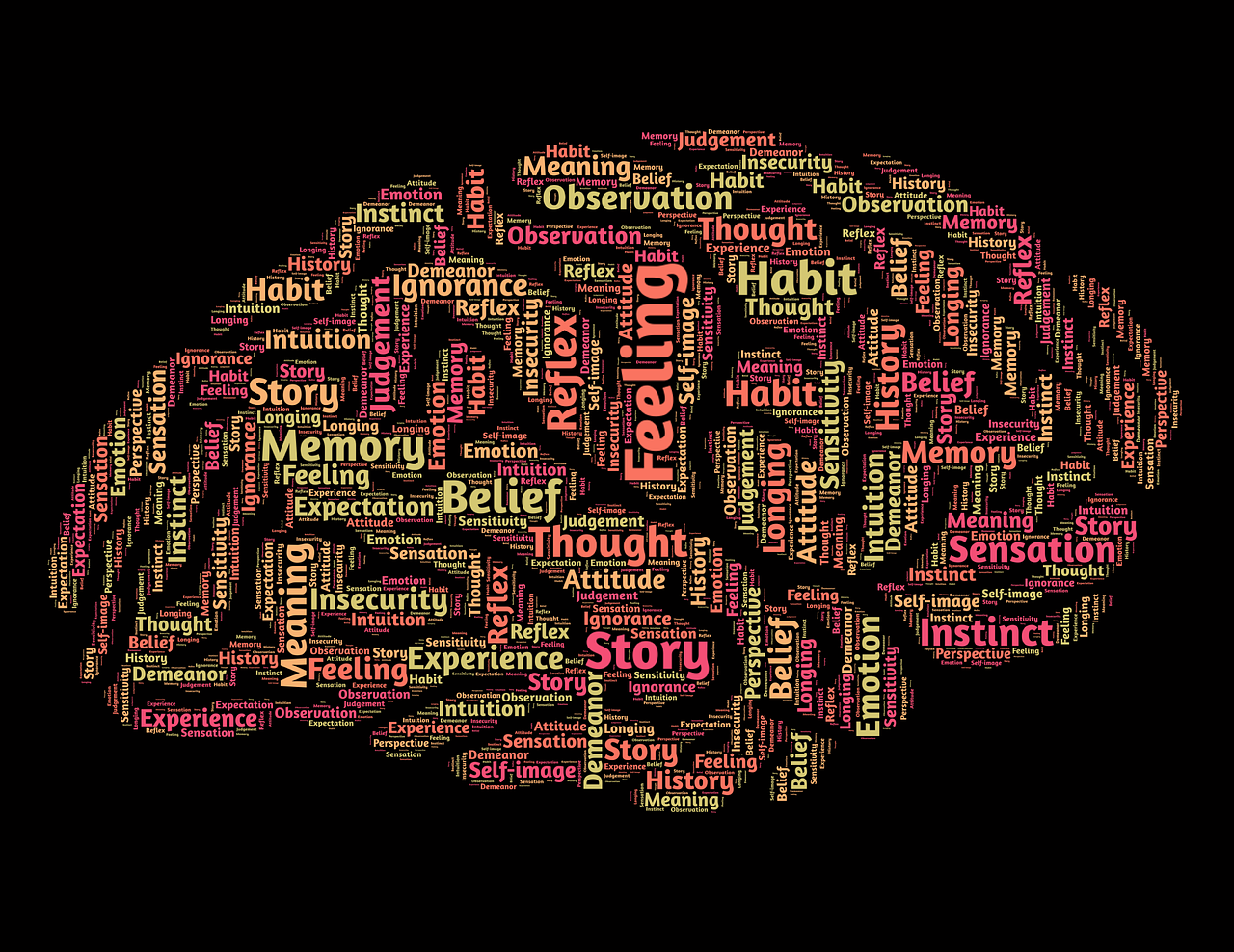Neurosteroids are a unique class of neuromodulators synthesized in the brain and the peripheral nervous system. Unlike traditional steroid hormones, which are produced in endocrine glands and transported through the bloodstream, neurosteroids are synthesized locally in the nervous system where they exert swift and potent effects on brain function. They are synthesized from cholesterol and influence neuronal excitability through their interaction with receptor sites on cell membranes.
These compounds are known to modulate critical neurotransmitter systems, such as GABA and glutamate, which are essential for maintaining the balance between neuronal inhibition and excitation. Their role in modulating the GABA-A receptors is one of the reasons they have been studied in relation to conditions such as anxiety and epilepsy. Neurosteroids have garnered attention for their potential therapeutic benefits, with research indicating their involvement in neuroprotection and neurogenesis.
Moreover, neurosteroids are implicated in the regulation of stress responses and the manifestation of depressive symptoms. With evidence pointing to altered levels of neurosteroids in individuals with mood disorders, there is ongoing research into the use of synthetic neurosteroids or agents that enhance neurosteroid synthesis for treating these conditions. Their endogenous presence and functional significance in the human brain underscore the therapeutic potential neurosteroids may offer for a variety of neurological and psychiatric disorders.

I am a Nurse Practitioner licensed across multiple states, with experience in cardiology, nephrology, and family medicine. My current focus is on primary care, where I advocate for a holistic approach to healthcare, often recommending functional medicine to patients when suitable.
Neurosteroid Biochemistry
Neurosteroids play a critical role in the central nervous system, impacting functions ranging from neural plasticity to mood regulation.
Synthesis
Neurosteroids are synthesized in situ in the central nervous system, involving coordinated expression and regulation of genes encoding steroidogenic enzymes within different cell types – notably neurons and glia. This process is distinct from classic steroidogenesis, as it occurs at various locations within the nervous system, often some distance from synaptic sites. Essential enzymes in this pathway include cytochrome P450scc and 5α-reductase, contributing to the production of neuroactive steroids directly within the brain.
Structural Classification
Neurosteroids are typically classified based on their chemical structure and functional influence on neuronal activity. They can be broadly categorized into two groups:
- Excitatory neurosteroids: These generally enhance excitatory neurotransmitter action, mainly through positive modulation of the NMDA receptor.
- Inhibitory neurosteroids: Typically, these enhance the action of inhibitory neurotransmitters, such as GABA, thereby having a calming effect on neurons.
The differences in the molecular configuration of neurosteroids determine the specific receptor interactions and subsequent physiological responses.
Functional Significance
Neurosteroids play a significant role in modulating various neurological processes. They exhibit significant influence on neurotransmitter regulation and neural development, impacting both normal and pathological states.
Neurotransmitter Regulation
Neurosteroids are potent modulators of synaptic and non-synaptic signaling. They can enhance the action of gamma-aminobutyric acid (GABA) at GABA_A receptors, leading to increased inhibitory effects in the brain. For example, the neurosteroid allopregnanolone promotes GABAergic transmission, which can have anxiolytic effects.
Conversely, neurosteroids like pregnenolone sulfate act on NMDA receptors and can exert excitatory effects, influencing cognition and memory processes. Researchers have found neurosteroid fluctuations to be related to mood and behavioral changes, indicating their significance in neurotransmitter regulation.
Neural Development
During neural development, neurosteroids have a critical role. They support brain maturation, influence the growth and branching of neurons, and aid in the formation of synapses.
For instance, DHEA is known to facilitate neuronal plasticity and brain development during critical growth periods. Moreover, neurosteroids can protect against neurotoxicity and promote the survival of neural cells, which is fundamental during both development and recovery from injury.
Neurosteroids In The Central Nervous System
Neurosteroids are modulators of neuronal functioning and exhibit a significant influence within the central nervous system (CNS).
Distribution
Neurosteroids are synthesized in the CNS and are found in various regions, including the cerebrum, diencephalon, brain stem, and cerebellum. They play pivotal roles and differ in concentration across specific areas due to the specialized functions each region performs.
Mechanisms Of Action
The mechanisms by which neurosteroids act in the CNS involve both genomic and non-genomic pathways. They can modulate neurotransmitter receptor activity – for instance, they are known to interact with gamma-aminobutyric acid (GABA) receptors, enhancing inhibitory neurotransmission. Additionally, neurosteroids can influence neuronal excitability and synaptic plasticity, thereby having an effect on mood, cognition, and pain perception.
Peripheral Effects Of Neurosteroids
Neurosteroids play a significant role in modulating peripheral functions, particularly in relation to the immune response and reproductive system. They are synthesized both within the central nervous system and in peripheral tissues, exerting their influence by interacting with various receptors.
Immune Response
Neurosteroids have been shown to possess immunomodulatory properties. They can either stimulate or suppress the immune system depending on their concentrations and the presence of specific receptors. For example, neurosteroids such as dehydroepiandrosterone (DHEA) are known to enhance immune function by increasing the production of cytokines, which are necessary for the immune response.
Reproductive System
In the reproductive system, neurosteroids contribute to the regulation of gonadotropin release and sexual behavior. They interact with steroid hormone receptors in gonadal tissues. Certain neurosteroids, like progesterone metabolites, are essential for the maintenance of pregnancy and the onset of labor as they influence uterine contractility and cervical ripening.
Clinical Implications
Recent advances in the research of neurosteroids have shed light on their potential role in treating various neuropsychiatric and neurodegenerative conditions. These compounds show promise in addressing some of the underlying pathophysiology associated with these disorders.
Neuropsychiatric Disorders
Neurosteroids have been observed to affect neurotransmitter systems involved in mood regulation, pointing to their application in depression and anxiety. A study suggests that neurosteroid analogs could potentially target and amend neuropathology leading to depressive behaviors.
Neurodegenerative Diseases
In the realm of neurodegenerative diseases, neurosteroids offer a potential for modifying disease progression. Their impact on neuronal survival and inflammation could be important in developing treatments for conditions like Alzheimer’s and multiple sclerosis.
Therapeutic Applications
Neurosteroids have garnered significant attention for their potential in treating various neurological and psychiatric conditions. Their versatility in modulating the nervous system offers promising avenues for therapeutic applications.
Anxiolytic and Antidepressant Effects
Neurosteroids are known to contribute to mood regulation and have anxiolytic (anti-anxiety) and antidepressant properties. Studies have indicated that neurosteroids can enhance the transmission of gamma-aminobutyric acid (GABA), which can lead to anxiolytic effects. A notable example is the neurosteroid allopregnanolone, which, in its proprietary formulation known as brexanolone, has been approved for treating postpartum depression. This represents a new class of antidepressant with a novel mechanism of action compared to traditional treatments.
Anesthetic Properties
Neurosteroids also exhibit anesthetic properties, making them valuable in procedural sedation and anesthesia. Their influence on GABAergic transmission contributes to their sedative effects without some of the side effects associated with conventional anesthetics. Neurosteroids may offer an improved safety profile, which is pivotal for patients undergoing surgery or other medical procedures that require sedation.
Measurement And Analysis
Neurosteroid measurement and analysis are important for understanding their role in various neurological conditions. These processes employ precise laboratory techniques and clinical diagnostics to quantify neurosteroid levels.
Laboratory Techniques
In the laboratory, neurosteroid analysis typically involves the use of chromatography and mass spectrometry. Gas chromatography-mass spectrometry (GC-MS) and liquid chromatography-tandem mass spectrometry (LC-MS/MS) are leading methods due to their high sensitivity and specificity. For instance, GC-MS is valuable for separating and identifying different neurosteroids within a complex biological matrix. LC-MS/MS, on the other hand, allows for the simultaneous quantification of multiple neurosteroids with minimal sample preparation.
- Chromatographic Separation
- GC-MS: Utilizes column separation and thermal stability.
- LC-MS/MS: Employs liquid phase separation, suitable for heat-labile compounds.
- Detection and Quantification
- Mass Spectrometry: Provides precise molecular identification.
The application of these techniques has been instrumental in quantifying neurosteroids and their metabolites in various human samples, such as serum and cerebrospinal fluid, which assist in the study of neurosteroid synthesis and implications in neurological disorders.
Clinical Diagnostics
In a clinical setting, the focus extends beyond mere identification to practical applications. The diagnostics process includes the use of immunoassays, which serve as a tool for routine neurosteroid monitoring. Enzyme-linked immunosorbent assay (ELISA) is a commonly employed immunoassay that offers relatively quick and cost-effective neurosteroid evaluation.
- Immunoassays
- ELISA: Can be tailored for specific neurosteroids, offering a practical approach for clinical diagnostics.
Research And Future Directions
Ongoing investigations and the potential for novel treatments in the realm of neurosteroids represent a significant frontier in neuroscience research, opening doors to understanding and potentially alleviating a variety of neurological disorders.
Emerging Therapeutics
Researchers actively explore the therapeutic potential of neuroactive steroids, found to exhibit antidepressant effects. Promising compounds such as allopregnanolone have shown the ability to alter brain communication pathways integral to mood regulation, suggesting a new avenue of treatment for conditions like postpartum depression.
Neurosteroidogenesis Study
The production of neurosteroids—how the brain synthesizes these compounds—remains a field of active study. A study by USC Mann researchers has highlighted the process of how the brain produces pregnenolone, known as the “mother hormone.” This research on neurosteroidogenesis is crucial, as it could lead to targeted therapies that leverage the body’s production of these beneficial steroids to treat neurological diseases.
Regulation And Control
Neurosteroids are regulated through a complex interplay of hormonal signals and enzymatic processes, which determine their synthesis and action within the nervous system.
Hormonal Influences
The synthesis of neurosteroids is significantly influenced by various hormones circulating in the body. For instance, the pituitary gland releases adrenocorticotropic hormone (ACTH), which prompts the adrenal glands to produce neurosteroids. Sex hormones like estrogen and testosterone also play important roles; estrogen has been shown to increase the synthesis of certain neurosteroids, which can affect neural plasticity and modulate neurotransmitter systems.
Enzymatic Regulation
Enzymes are pivotal for the regulation of neurosteroid production. Key enzymes such as the P450ssc (cholesterol side-chain cleavage enzyme) initiate the conversion of cholesterol to pregnenolone—the precursor to all steroid hormones, including neurosteroids. Further conversions by specific enzymes, such as 5α-reductase and 3α-hydroxysteroid dehydrogenase, yield active neurosteroids. These enzymes are subject to control by various factors including genetic expression and availability of substrates, ensuring that neurosteroid levels are maintained within precise physiological thresholds.
Pharmacology
Neurosteroids play a pivotal role in modulating neurotransmission within the central and peripheral nervous systems. They influence the activity of various receptors, ion channels, and signaling pathways.
Agonists and Antagonists
Neurosteroids can act as either agonists or antagonists to neurotransmitter receptors. One of their primary targets are the GABAA receptors, where they often act as positive allosteric modulators, enhancing the inhibitory effects of GABA. This action is significant in the management of conditions characterized by neuronal hyperexcitability. For instance, allopregnanolone is a well-known GABAA receptor agonist, which can exhibit anxiolytic, anticonvulsant, and sedative effects.
Conversely, certain neurosteroids can also function as negative allosteric modulators. These compounds, by antagonizing the GABAA receptor, can decrease GABAergic neurotransmission, which may prove useful in treating disorders like anesthetic-induced sedation or certain types of anesthesia.
Synthetic Analogues
Development of synthetic analogues of neurosteroids aims to harness their potent pharmacological effects with improved efficacy and safety profiles. These analogues are designed to mimic or enhance the neurosteroid’s action at specific targets such as ion channels or receptor sites. For instance, researchers have highlighted the potential of neurosteroids like pregnenolone in the context of Alzheimer’s disease, suggesting its elevated levels may be significant. Such findings underscore the therapeutic promise of synthetic neurosteroids in neurodegenerative diseases.
Frequently Asked Questions
Neurosteroids contribute to regulation of brain function and have therapeutic implications in various mental health conditions. This section answers common questions related to their effects, use in mental health treatment, and fundamental roles in neuroscience.
What are the common side effects associated with neurosteroid use?
The side effects of neurosteroid medications can vary, but often include a range of common symptoms such as dizziness, gastrointestinal issues, and changes in mood or energy levels.
How do neurosteroid drugs influence mental health conditions like depression?
Neurosteroids influence the brain’s chemistry and synaptic function, which can improve symptoms of mental health conditions, including depression. Recent research has explored their potential as therapeutic targets in depression treatments.
Can you list the neurosteroids that are commonly recognized in neuroscience research?
Commonly studied neurosteroids in neuroscience include allopregnanolone, dehydroepiandrosterone (DHEA), and pregnenolone. Each of these compounds interacts with neural receptors and influences neural activity in various ways.
In what ways do neurosteroids impact brain function and neural activity?
Neurosteroids have a wide range of effects on the brain, from modulating GABAergic and glutamatergic neurotransmission to influencing neuroplasticity and neural protection, which can affect mood, cognition, and stress responses.
How does the neurosteroid DHEA affect the human body?
DHEA, produced by the adrenal glands, serves multiple functions, including acting as a precursor hormone and modulating certain brain receptors, impacting stress response, mood, immune function, and energy levels.
What roles do progesterone and estrogen play in the context of neurosteroids?
Progesterone and estrogen are steroids that also function as neurosteroids, affecting brain structure and activity. They play important roles in cognition, neuroprotection, mood regulation, and the stress response, particularly significant in the context of reproductive health and aging.

